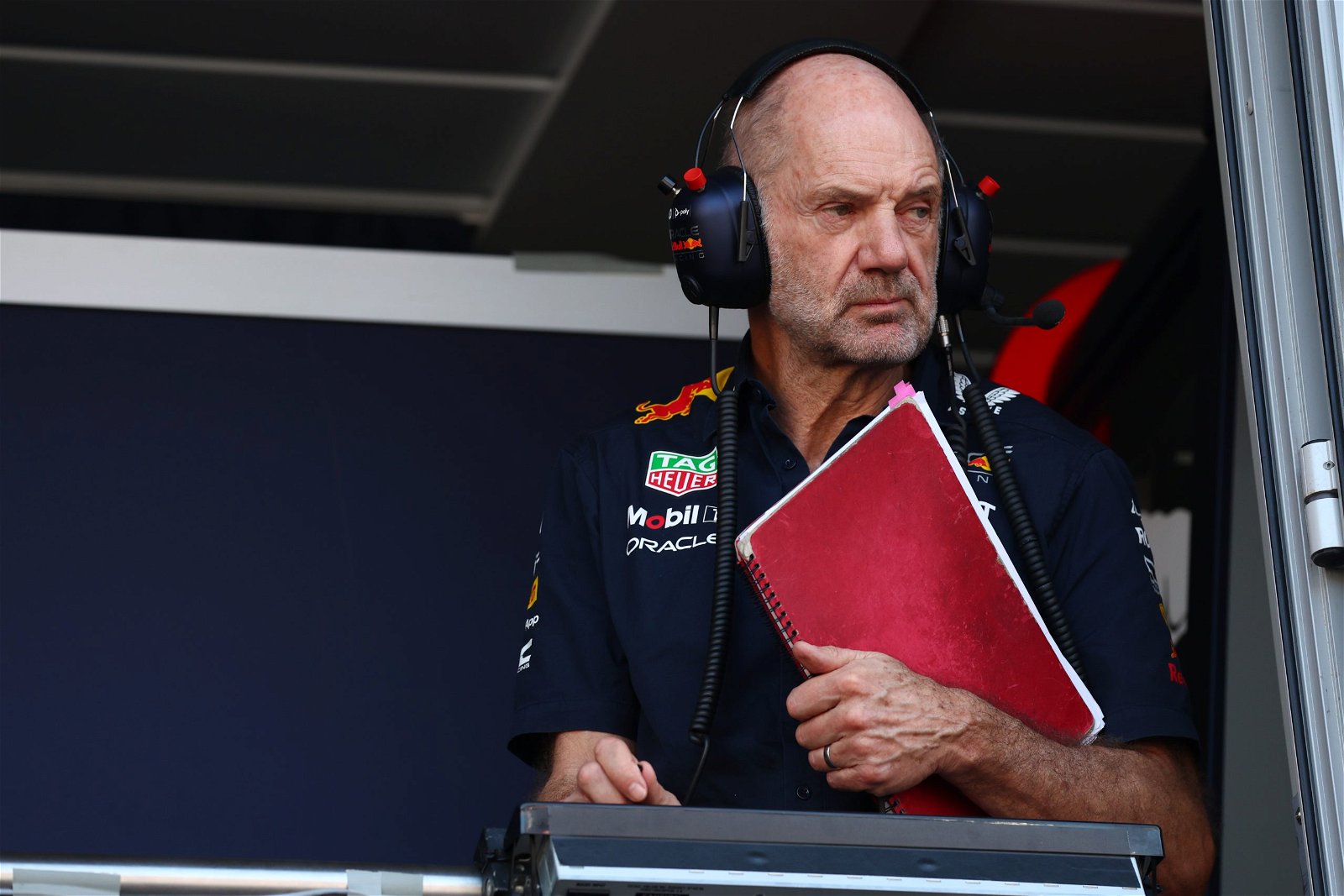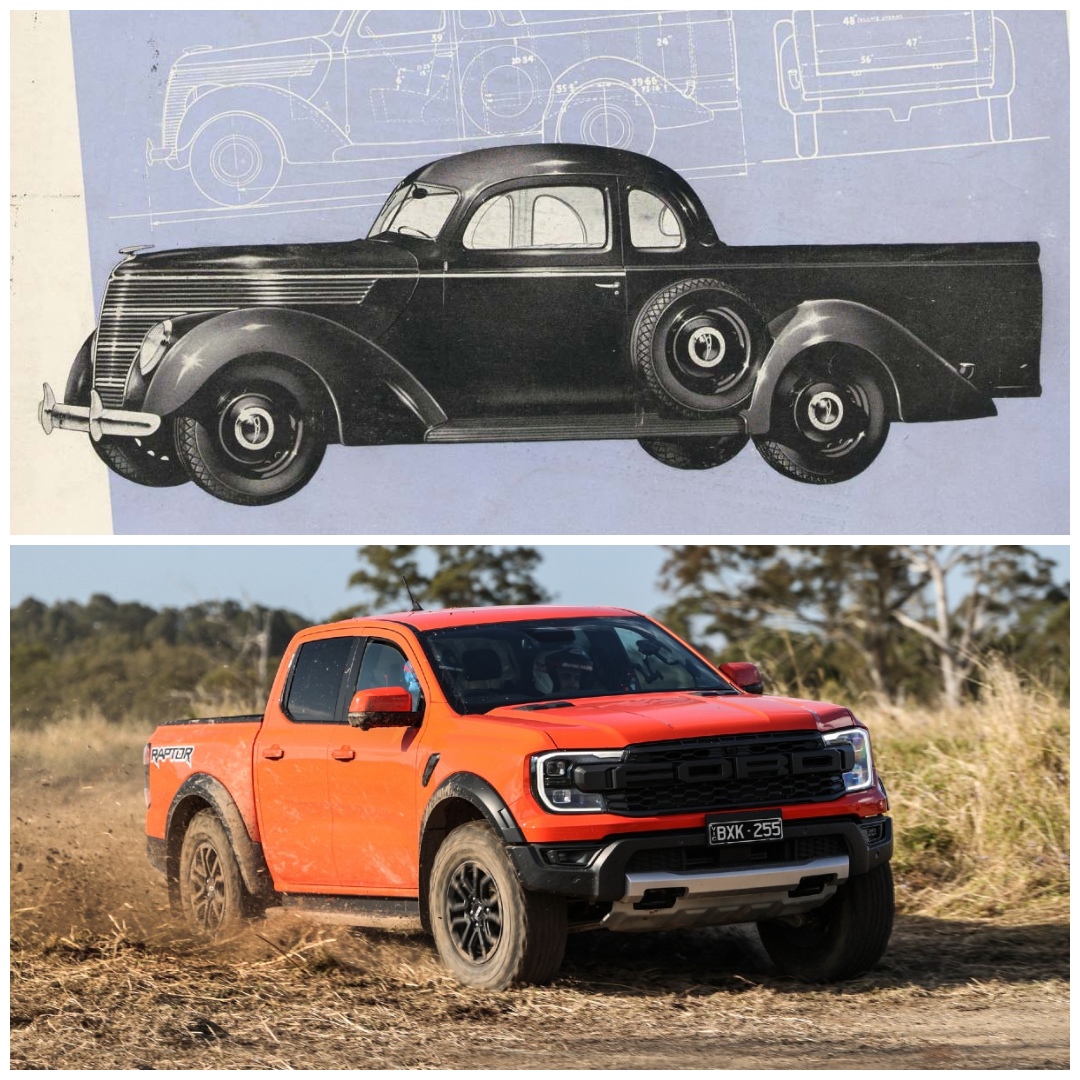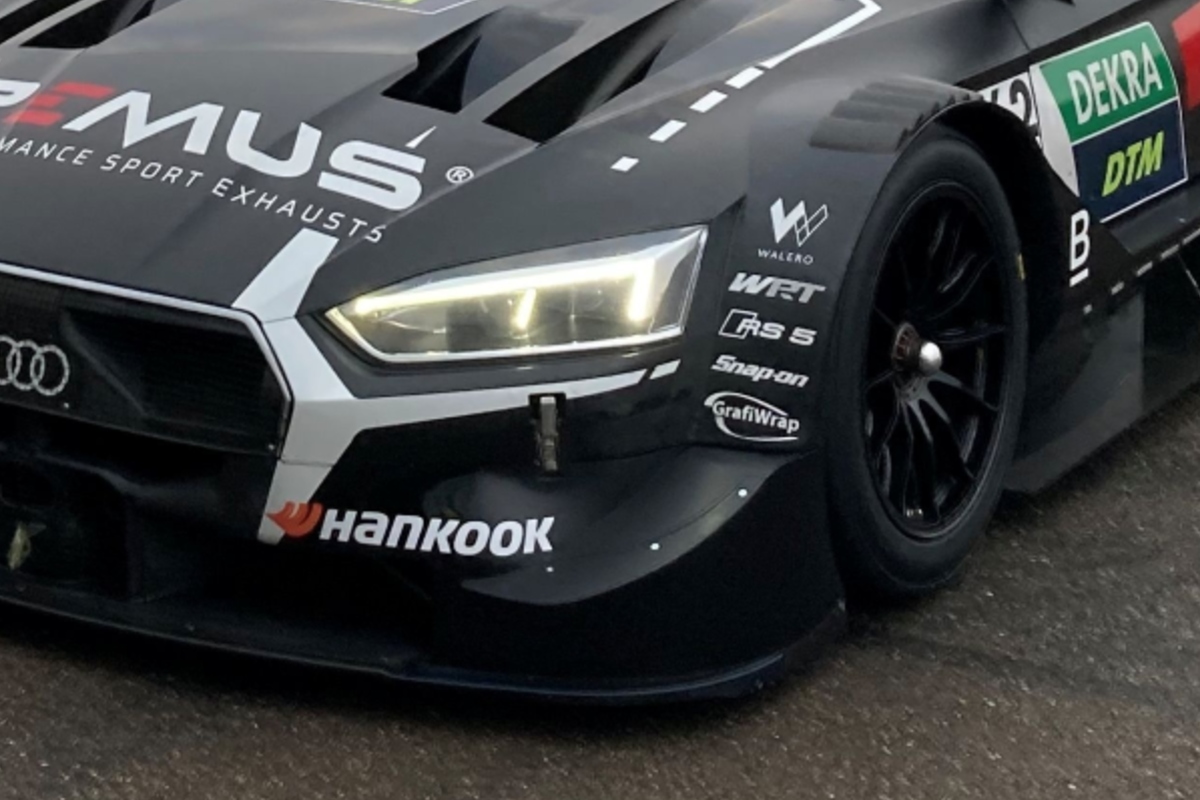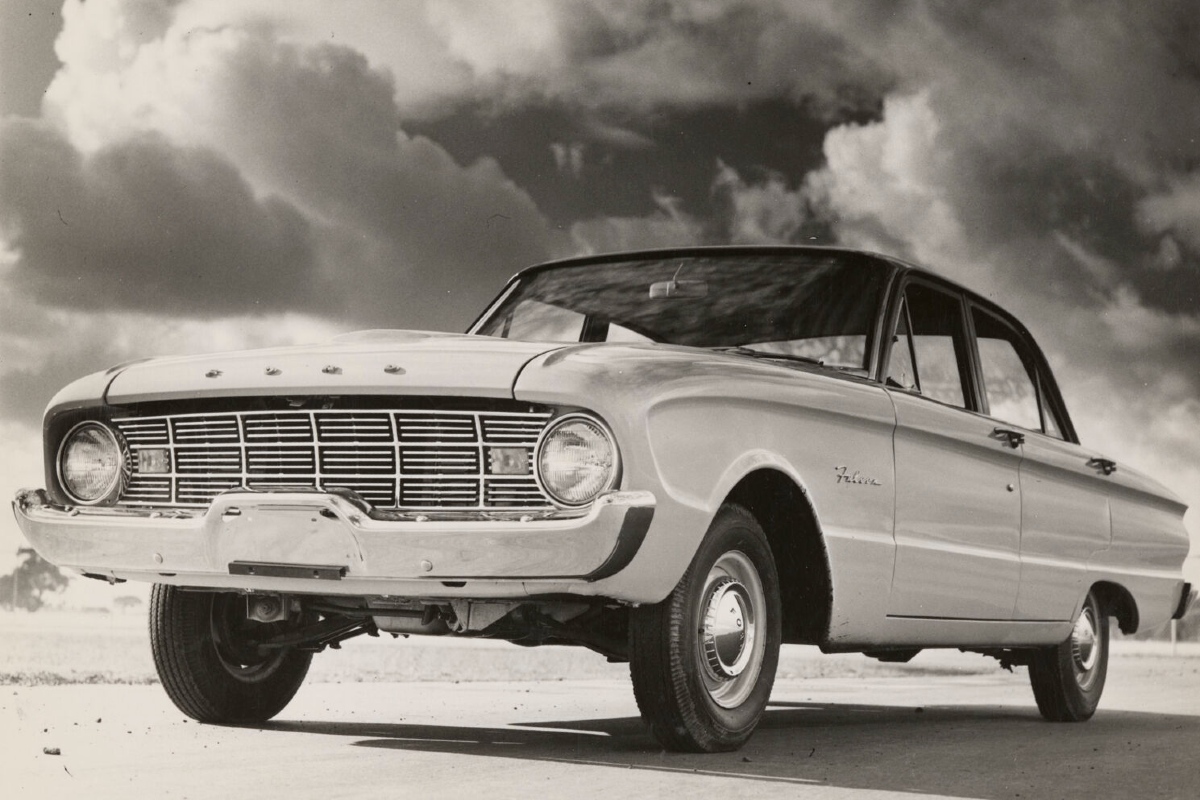

Newey has been with Red Bull Racing since 2006 and has been instrumental in every one of its 117 race wins to date.
He’s the most successful designer in the history of Formula 1; his cars having won 25 world championships and more than 200 grands prix.
Outside of Formula 1, he’s twice penned Indianapolis 500 winners, designing the March 86C Bobby Rahal raced in the 500-mile race in 1986, a year after Al Unser drove his 85C to victory.
They’re statistics that highlight a long and established pedigree of success and underscore why he is such a revered figure in Formula 1.
Newey’s current tenure with Red Bull Racing is the longest stint he’s had at any employer throughout his career. It has also been the most successful, with 13 world championships since 2010.
His cars have dominated the sport since 2022 and, for the moment, that shows no sign of abating.
Yet he has elected to leave Milton Keynes, which prompts two questions: Why did he opt out, and did Red Bull fight hard enough to keep him?
In terms of accomplishments, there is nothing left to prove with Red Bull Racing.
Newey transformed a midfield team into a goliath of the competition and spearheaded the most dominant era in F1 history.
What more can he do? By remaining at Red Bull Racing, the team would be expected to continue delivering at its current level—he could only fail.
He has the tools, knowledge, and personnel around him to design championship-winning cars in an era where prescriptive regulations appear to have played to his strengths.
With new regulations looming for 2026, if Red Bull Racing does not come out of the blocks firing on all cylinders, that failing will fall — at least partly but certainly publicly — on Newey.
By leaving now, when there is nothing left to prove, he protects a legacy and adds to the mystique (a valuable bargaining chip) surrounding him.
At 65, Newey is also no spring chicken. Given the lead time on almost every project he could become involved in, his window of opportunity for a new challenge is extremely limited.
If he hadn’t moved now, his career would almost certainly have ended with Red Bull, as he would have simply run out of time to do anything else. Move now, or be happy with your lot.
But if Newey is as brilliant as we’re led to believe, why has he been allowed to escape Milton Keynes?
The announcement of his departure came with confirmation that he would be free to switch allegiances from the ‘first quarter’ of 2025.
He’ll be rolled back from the F1 operation but will continue working on the RB17 track car project as he transitions out of the business.
Newey’s contract with Red Bull extended through the end of next season, which suggests he was either able to negotiate an early release — and it’s difficult to imagine how that might have been allowed — or he exercised a clause that allowed him to walk early.
The latter is more likely, as it’s known that serious concessions were made to retain him the last time he inked a contract.
It’s believed he was afforded greater freedom regarding how he contributed to the F1 project, while Red Bull agreed to build a track car, the RB17, to satisfy his creative urges further.
Another clause, one can reasonably see, is the ability to leave the team with a pre-defined period of gardening leave — nine months or so, it would seem.
The simple fact that Red Bull would not have released Newey into the market so early by choice supports that notion.
New regulations are coming for 2026, and teams cannot begin working on them until the start of next year, just before Newey is free to resume working in F1.
That leaves him with enough time to contribute significantly to any project he may join.
Helpfully, should that project be successful, Newey will almost certainly bask in the limelight once again. However, should it not, well, the project started before he was there and was already in motion – he has plausible deniability.
But is there another possibility?
Is it possible that Red Bull allowed Newey to go because it views him as a figurehead whose contribution to F1 has diminished?
As chief technical officer at Red Bull, Newey is at the top of the heap. What is his actual contribution in terms of design input and output?
He most certainly does not design every nut, bolt, bracket, or winglet the team produces, though he receives credit for them all. The days of a solo designer in F1 are long gone.
Newey has been well supported by a team of staff led by Pierre Wache, who oversees the day-to-day operations of the team’s technical department.
Is this a tacit acknowledgement of the uncomfortable belief that Newey is a brilliant figurehead, but the key to Red Bull’s strength is in its army of designers and not its general?
Perhaps it’s as simple as, in the twilight of his career, Newey wanted one last roll of the dice and to scratch that Ferrari (to which he has been most closely linked) itch.
It’s long been rumoured that he’d been unhappy or at least unsettled at Red Bull Racing and matters earlier this year only motivated him to act. Was that the defining factor?
Only Newey himself will know the honest truth.
Whatever the case, a long and hugely successful partnership is set to conclude. The big question is, is it the end of Adrian Newey’s 35-year domination of F1 or is there one final chapter remaining?


























Discussion about this post